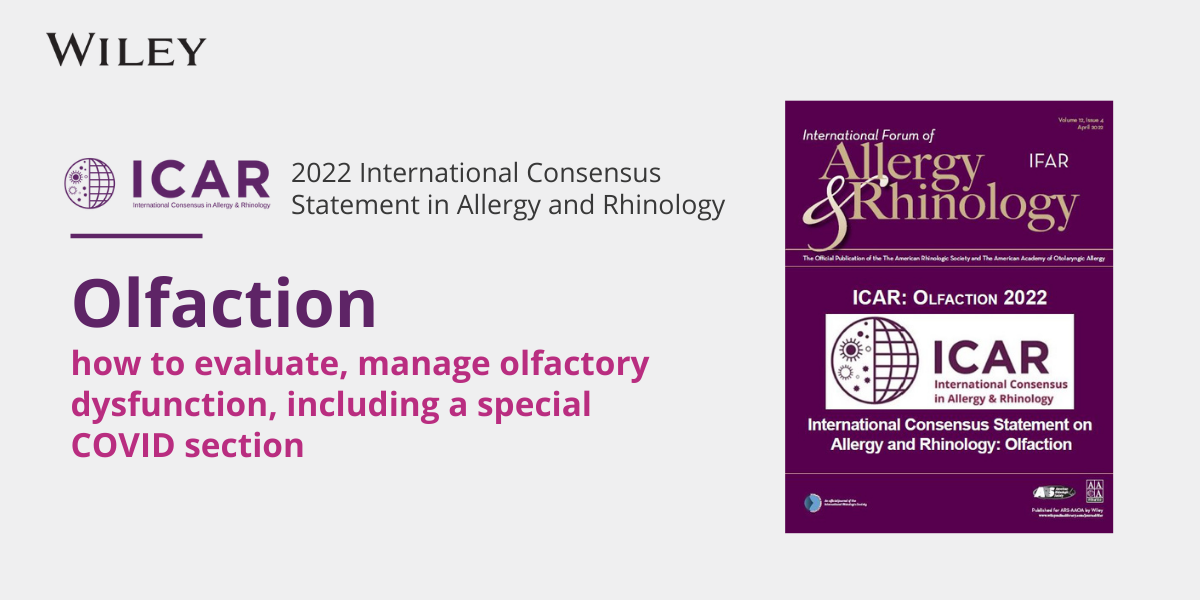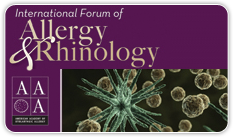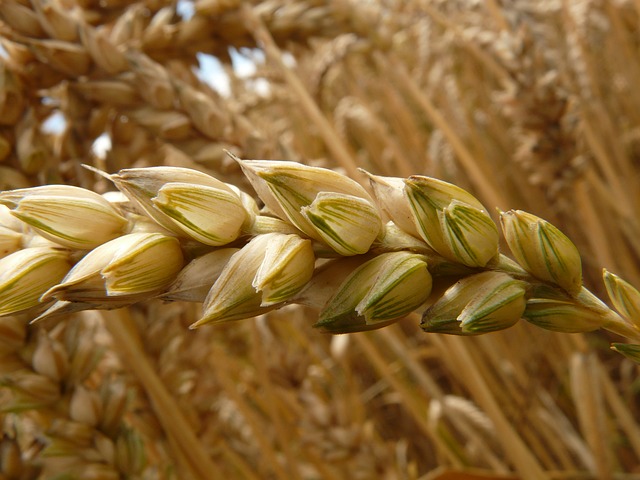Thanks to lobbying efforts from the House of Medicine, Congress took action this month. The Protecting Medicare & American Farmers from Sequester Cuts Act avoided a 4% statutory cut from the PAYGO provisions, extended the moratorium on the 2% Medicare…
Gluten-Free or Not Gluten-Free? That is the Question…
I never heard anything about gluten before 5 years ago, now you can’t swing a baguette without hearing about gluten. What gives?
Gluten is a naturally-occurring protein present in several cereal grains. Wheat , Barley, and Rye are the principal gluten-containing grains. The gluten molecule is made up of Glutenin and Gliadin. Gliadin is rich in prolene and poorly degraded in the gut.
Coeliac Disease is the best-known gluten sensitivity. It is an auto-immune response to this protein that causes acute discomfort as well as long-term damage to the intestinal lining. There does appear to be an increase in Coeliac Disease over the last several decades, though not to the degree proportionate with the media hype.
Also, better awareness and ability to establish diagnosis have increased numbers of identified case.
That said, much of the ado about gluten parallels the interest in low-carb/paleo diets touted as healthier and helpful for weight loss.
It seems like everyone I know is going gluten-free. Should I be gluten-free too?
This answer comes from the tautology department- Gluten is only a problem if it’s a problem… The percentage of the population thought to have Coeliac Disease is thought to be slightly more than 1%. Meaning that about 99% of the population ain’t got it.
That said, there are 2 other reported problems with consumption of wheat and/or other gluten-containing grains. The first is Wheat Allergy. In true Wheat Allergy, patients have a true allergic (often anaphylactic!) response to Albumins and Globulins contained in wheat. It is worth noting that these are not the proteins that constitute gluten.
While wheat allergy represents a true hypersensitivity to wheat, it does not represent a reaction to gluten itself in most cases. There is another condition called Non-Coeliac Gluten Sensitivity in which patients suffer a variety of non-specific, but often quite serious symptoms surrounding the consumption of gluten-containing foods.
This condition is what is known as a “diagnosis of exclusion”, meaning that Coeliac Disease and Wheat Allergy must be ruled out first before arriving at this diagnosis. There are no specific test that can be performed to establish this diagnosis.
How do I know if this is a thing (for me)?
One easy thing to do is to eliminate gluten-containing foods from the diet and see what happens. Whatever the cause, it eliminating these foods is easy for a person to do and makes them feel better (for whatever reason!), it’s worth consideration. That said, modern food is a majestic product of modern engineering that includes all sorts of additives that may affect digestion. There also may be some risks to this strategy (see below).
If a person wants to investigate whether they have Coeliac Disease, this should be done under the direction of their physician.
There are blood tests that can be performed. IgA Tissue Transglutaminase (tTG) is the best initial test for Coeliac Disease. Small intestine biopsy is considered the “gold standard” confirmatory test.
Genetic testing may also be useful. HLA-DQ2 is present in approximately 90% of patients with Coeliac Disease. HLA-DQ8 is present in roughly 5% of Coeliac patients.
For Wheat Allergy, skin prick testing would be the initial screening method of choice.
While Skin prick testing is very specific for wheat allergy, some question the sensitivity of this test. Because of this, it is often necessary to initiate confirmatory testing. Food challenge is a valuable confirmatory test for wheat allergy.
Given the potential danger of wheat exposure in a sensitized individual, this should only be performed under strict guidance of a physician.
As mentioned above, NCGS is a diagnosis of exclusion. Once Wheat Allergy and Coeliac Disease have been ruled out, a formal food challenge would be the next appropriate step. For this, the patient has already undertaken a strict gluten-free “washout” period. The next step would be to re-introduce gluten and document reported symptoms.
The strongest support for this diagnosis would be provided by a double blind food challenge, although the logistics of this are complicated. An open gluten challenge is also considered acceptable for diagnostic purposes.
Couldn’t hurt, might help, right?
Well, except that it can… In the USA, wheat flour is enriched with several B vitamins (folic acid, niacin, riboflavin, and thiamine) and, in some cases, calcium. There is some suggestion that elimination of enriched wheat from the diet may predispose towards deficiency of these vitamins.
While some fiber and protein is present in whole wheat flour, adherence to the other components of the food pyramid should provide adequate intake of these nutrients. Daily supplementation with a multivitamin would adequately replace these and most other vitamin and trace mineral deficiencies. Consultation with a dietician may be indicated to verify that all of an individual’s nutritional needs are being met.
With the many claims made about gluten, it is important to be able to separate the wheat from the chaff (so to speak…).
If concerned about these issues or other food related sensitivities, it may be worth consultation with your physician.





